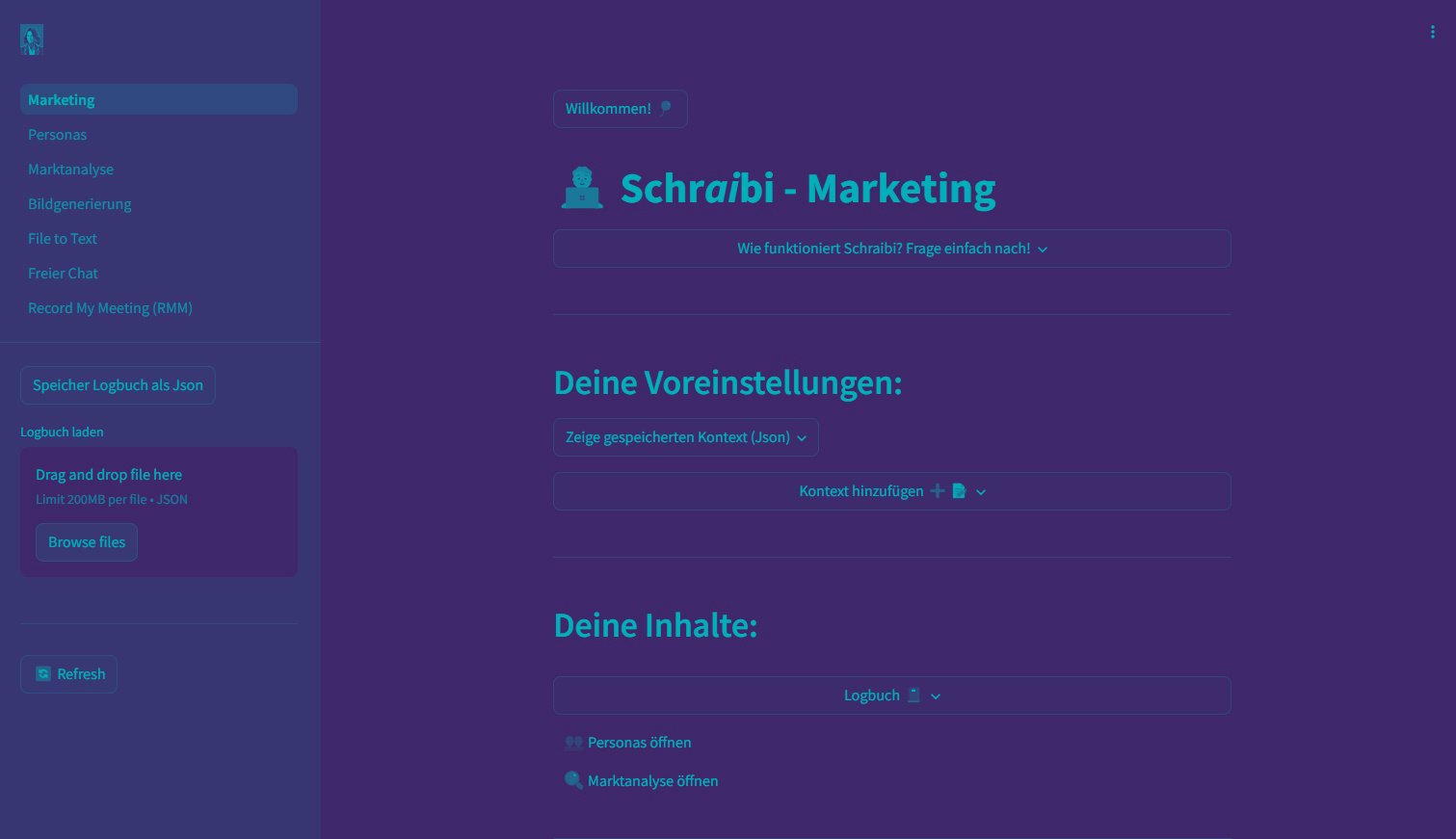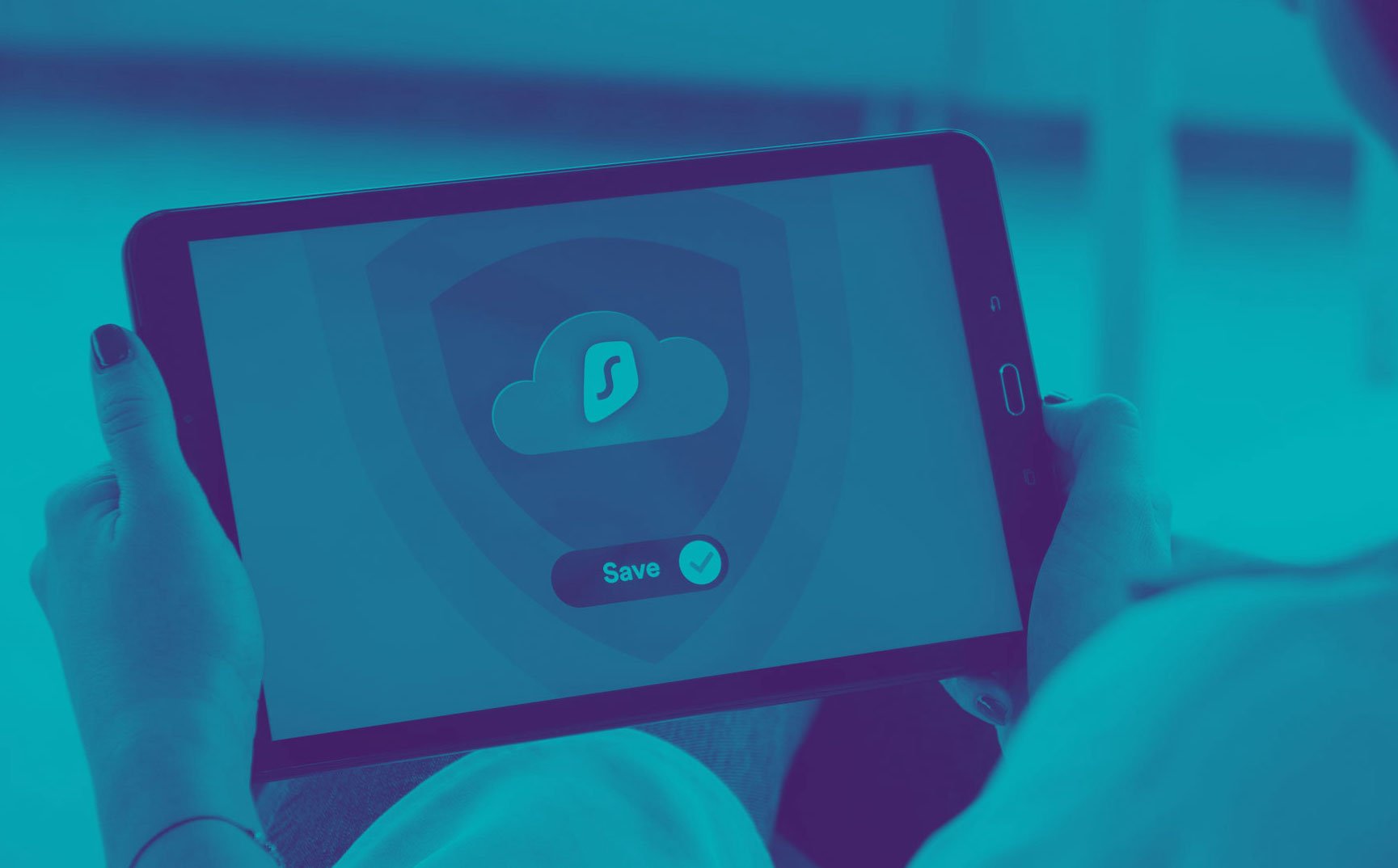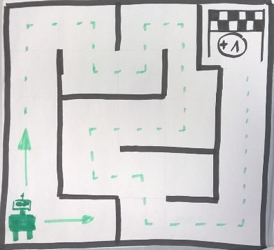Neueste Erkenntnisse, inspirierende Geschichten und praktische Insights zu den wichtigsten Themen rund um Softwareentwicklung, Agile Methoden und Business Transformation – präsentiert von unseren iteratec-Expert:innen.

Die Integration von LLMs (Large Language Models) wie ChatGPT in moderne Unternehmensanwendungen eröffnet neue Dimensionen für...
Tags: AI & Data Analytics

Der Aufbau einer Plattform ist weit mehr als nur die Verbindung einzelner Softwareprodukte. Doch wie gelingt der Übergang von...
Tags: Cyber Security, Individualsoftwareentwicklung, IT-Modernisierung

Häufig scheitern IT-Modernisierungen nicht an der Technik, sondern am Vorgehen. Mit „Asset-basedModernization” stellen wir ein...
Tags: IT-Modernisierung

Der elektronische Frachtbrief (eCMR) ist die digitale Weiterentwicklung des klassischen CMR-Frachtbriefs und ermöglicht es...
Tags: Transport & Logistics

„Wir sind nur einen kritischen Security-Incident von einer Katastrophe entfernt“. Dies ist die Aussage eines IT-Architekten, der...
Tags: IT-Modernisierung

Künstliche Intelligenz ist längst Teil unseres Alltags – doch was genau steckt eigentlich hinter Begriffen wie „KI-Agent“? In...
Tags: AI & Data Analytics

Marketing-Teams stehen oft vor der Herausforderung, hochwertige Inhalte effizient und zielgerichtet zu erstellen. Social Media...
Tags: AI & Data Analytics

In der heutigen Geschäftswelt sind digitale Assets und Technologien nicht nur eine optionale Erweiterung, sondern ein...
Tags: IT-Modernisierung

KI-Agenten sind auch im Marketing gekommen, um zu bleiben. Sie verändern die Art und Weise, wie Unternehmen mit Kund:innen...
Tags: AI & Data Analytics

Die Deutsche Bahn hat zusammen mit iteratec ihr wichtigstes IT-System im Personenverkehr modernisiert. Das neu entwickelte...
Tags: Individualsoftwareentwicklung, IT-Modernisierung, Transport & Logistics

Wie viele Prozesse in Unternehmen laufen heute noch ineffizient und manuell ab? Was wäre, wenn KI-Agenten diese Aufgaben in...
Tags: AI & Data Analytics

Das Konzept der Digitalen Zwillinge hat in den letzten Jahren in der Fertigungsindustrie stark an Bedeutung gewonnen. Aber was...

During a security engagement with my employer, iteratec, I found and reported a security issue that allowed me to completely...
Tags: Cyber Security

In unserer digitalen Welt spielen sichere Authentifizierungsmethoden eine entscheidende Rolle. SSH ist eine solche Methode, die...
Tags: Cyber Security

Die Herausforderungen unserer Zeit – Klimakrise, Ressourcenknappheit und steigende gesellschaftliche Erwartungen – sind groß. Das...

Unser Alltag ist von digitalen Prozesse abhängig, sei es im privaten oder im beruflichen Umfeld. Und Künstliche Intelligenz (KI)...
Tags: AI & Data Analytics

70% aller IT-Modernisierungsprojekte scheitern! Mit generativer künstlicher Intelligenz (Gen AI) kann das Risiko bereits...
Tags: AI & Data Analytics, Individualsoftwareentwicklung, IT-Modernisierung

In der rasanten Welt der künstlichen Intelligenz (KI) und des maschinellen Lernens (ML) hat das sogenannte "Prompting" eine...
Tags: AI & Data Analytics

Die Erwartungen rund um Generative Artificial Intelligence (kurz GenAI) waren von Beginn an enorm, doch nun hat die Realität...
Tags: AI & Data Analytics

Ganzheitliche Lösungen für eine unabhängige und nachhaltige Energieversorgung: Das ist die Mission von SENEC. Das Unternehmen mit...

Hören und sprechen zu können ist für die meisten Menschen eine Selbstverständlichkeit und fester Bestandteil des täglichen Lebens.
Tags: AI & Data Analytics

Die richtige Microfrontend-Architektur kann Teams dabei helfen, effizient an komplexen Webanwendungen zu arbeiten und flexibel...
Tags: Individualsoftwareentwicklung, Digital Business Innovation

Seit 2020 unterstützt iteratec die BMW Group beim Aufbau des 3D-AppStore – einer cloudbasierten virtuellen...
Tags: Customer Experience Management, Automotive & Manufacturing

In der IT-Branche und auch bei iteratec ist es nicht selbstverständlich, dass Frauen auf allen Hierarchie-Ebenen und in allen...
Tags: People & Company

Die Nachverfolgung der Produktlebenszyklen wird kontinuierlich komplexer. Der digitale Produktpass (DPP) kann ein Tool sein, um...

Tags: Cyber Security

Der Bereich der Künstlichen Intelligenz entwickelt sich mit rasanter Geschwindigkeit. Wie können wir sicherstellen, dass...
Tags: AI & Data Analytics

Wenn ich als Security-Berater in Projekte komme und nach dem Threat Model frage, ist die Antwort häufig: „Haben wir eingeplant!...
Tags: Cyber Security

Den Arbeitsalltag von Handwerker:innen einfacher und produktiver machen: Das ist der Auftrag von Festool. Das Familienunternehmen...

Agile has exceeded the boundaries of it’s original domain, software development. Today many companies claim to do Agile. Projects...

Fehlendes technisches Know-how und fehlende personelle Ressourcen – sie gehören zu den Top-Gründen, die Unternehmen beim Einsatz...
Tags: AI & Data Analytics

When people feel they have no influence on the organizations goals, they become disconnected from the products they build and...

Machine-Learning-Expert:innen bei iteratec haben für das interne Marketing-Team einen Text- und Bild-Generator entwickelt. Damit...
Tags: AI & Data Analytics

Die Motivation vieler Unternehmen, in die Cloud zu migrieren, ist die Effizienz ihrer IT zu steigern und Kosten zu senken. Doch...
Tags: Cloud Transformation

Beim Einsatz moderner Cloud-Technologien ist eine maßgeschneiderte Plattformstrategie für die effiziente und einheitliche...
Tags: Cloud Transformation

„Wo stand das noch mal?“ Wer als Mitarbeitender nach internen Dokumenten sucht, stellt sich diese Frage häufiger. Jeden Tag...
Tags: AI & Data Analytics

Heute feiern wir nicht nur den Weltfrauentag, sondern auch das zweite Jahr unseres Frauennetzwerks women@iteratec. Zu diesem...
Tags: People & Company

E-Mail-Phishing ist als gängige Angriffstaktik bekannt. Es wird aber oft vergessen, dass andere Kollaborationsplattformen genauso...
Tags: Cyber Security, People & Company

Are you looking for effective ways to secure your Spring applications? Look no further! Our very own Dr. Ing. Max Maass has...
Tags: Cyber Security

In einer Welt, in der künstliche Intelligenz (AI) immer mehr an Bedeutung gewinnt, ist es entscheidend, die Sicherheit und...

Are you looking for effective ways to secure your Spring applications? Look no further! Our very own Dr. Ing. Max Maass has...
Tags: Cyber Security

Generative Artificial Intelligence (GenAI) ist eine fortschrittliche Form der künstlichen Intelligenz: Sie simuliert...

Während die Entwicklungen im Bereich der künstlichen Intelligenz (KI), besonders bei Generativer KI, immer weiter fortschreiten,...
Tags: AI & Data Analytics

Tags: AI & Data Analytics

Tags: People & Company

„Intelligente“ Software-Systeme, die Antworten auf nahezu alle Fragen parat haben, Texte zusammenfassen können, gleichzeitig als...
Tags: AI & Data Analytics

Die iteratec nurdemteam eG ist Gesellschafterin der iteratec GmbH. Sophia Breth ist auf der letzten Generalversammlung mit 85%...
Tags: People & Company

MultiJuicer is an official part of the Juice Shop OWASP project and the official multi user platform for Juice Shop since end of...
Tags: Cyber Security

Die Cloud verändert, wie Unternehmen ihre IT-Infrastruktur bereitstellen und betreiben. Auf der einen Seite können Unternehmen...
Tags: Cloud Transformation

Machine Learning kann nur bei großen Datenmengen zum Einsatz kommen - oder?
Tags: AI & Data Analytics

Im zweiten Teil der Blogartikelreihe rund um das Thema Erfolgsfaktor Chatbots widmen wir uns der Fragestellung, wie Sie Ihre...
Tags: AI & Data Analytics

Tags: AI & Data Analytics

Tags: AI & Data Analytics

Seit etwas über fünf Jahren arbeitet Tehseen bei iteratec. Zuvor absolvierte er ein Studium in theoretischer und mathematischer...
Tags: People & Company

Tags: Cyber Security

Auf dem Weg zu einer sicheren agilen Softwareentwicklung setzen Organisationen immer häufiger auf Application Security...
Tags: Cyber Security, Individualsoftwareentwicklung, Cloud Transformation

Im ultimativen Infrastrukturvergleich treten zwei unterschiedliche Plattformansätze einer...
Tags: Cloud Transformation

Power-Up für Ihre DevOps-Organisation: Unsere DevOps-Experten präsentieren an dieser Stelle regelmäßig hilfreiche Praxistipps und...
Tags: Cloud Transformation

Im ultimativen Infrastrukturvergleich treten zwei unterschiedliche Plattformansätze einer...
Tags: Cloud Transformation

Tags: Cloud Transformation

Im ultimativen Infrastrukturvergleich treten zwei unterschiedliche Plattformansätze einer...
Tags: Cloud Transformation

Non-fungible Token (NFTs) mischen gerade den Kunstmarkt auf und gehören zu den wichtigsten Trends in der Blockchain-Welt – Doch...

Der Schlüssel zu einer neuen Form der Schmerztherapie liegt in der kontinuierlichen Überwachung des Blutdrucks. Aber gängige...
Tags: Individualsoftwareentwicklung, Digital Business Innovation

Im ultimativen Infrastrukturvergleich treten zwei unterschiedliche Plattformansätze einer...
Tags: Cloud Transformation

Im ultimativen Infrastrukturvergleich treten zwei unterschiedliche Plattformansätze einer...
Tags: Cloud Transformation

Im ultimativen Infrastrukturvergleich treten zwei unterschiedliche Plattformansätze einer...
Tags: Cloud Transformation

Tags: Cloud Transformation

Eine Augmented-Reality-Brille kann Pflegekräfte stärken und somit auch zu einem besseren Pflegeangebot führen. Das ist die Vision...

Seit der Veröffentlichung von ChatGPT Ende 2022 hat sich die öffentliche Wahrnehmung von Künstlicher Intelligenz (KI) erheblich...
Tags: AI & Data Analytics

Die Weltgesundheitsorganisation schätzt, dass alleine im Jahr 2016 4.2 Millionen Menschen aufgrund von Feinstaubverschmutzungen...
Tags: AI & Data Analytics

„Wir lösen jetzt unsere Themen mit Machine Learning, also müssen wir nichts mehr programmieren!“ Ist das so? Ersetzt Machine...
Tags: AI & Data Analytics

Ohne große Datenmengen funktionieren Artificial Intelligence (AI) oder Machine Learning (ML) nicht. AI/ML-Modelle zu...
Tags: AI & Data Analytics

Vergangenen Sommer fragte sich Stefan Blum, ob wir durch Machine Learning nicht mehr...
Tags: AI & Data Analytics

Die Blog-Serie.
Im ersten Teil der Blog-Serie sind wir auf Unsupervised und Supervised Machine Learning...
Tags: AI & Data Analytics

Wer nach den Begriffen Agile, Lean, Scrum oder UX sucht, findet viel Ärger und Frustration. Designer beklagen das Opfern der...
Tags: Individualsoftwareentwicklung, Customer Experience Management

Eine der zentralen Rollen im Scrum ist der Product Owner. Die meisten Unternehmen, die versuchen Scrum zu etablieren, haben...